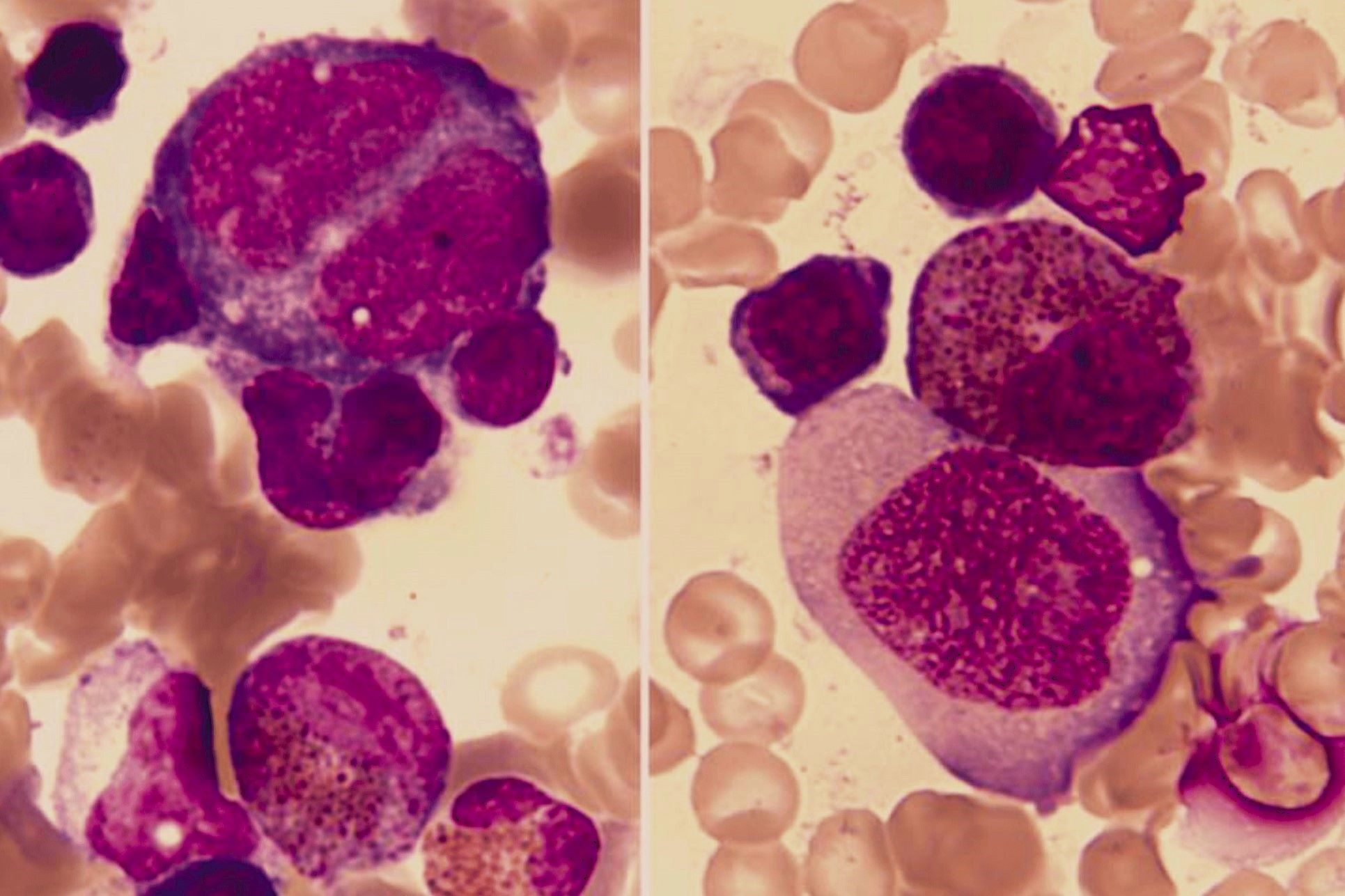
Camouflage is nature's way of helping animals blend into their surroundings. This clever trick can mean the difference between life and death. Animals use camouflage to hide from predators or sneak up on prey. From the chameleon changing colors to match its environment to the arctic fox turning white in winter, camouflage is a fascinating survival strategy. But it's not just animals that use this technique. Humans have adopted camouflage for military purposes, hunting, and even fashion. Ever wondered how camouflage works or which creatures are the best at it? Let's dive into 29 amazing facts about camouflage that will leave you in awe of nature's ingenuity.
Key Takeaways:
- Animals, plants, and even humans use camouflage to blend into their surroundings for survival. From chameleons to military uniforms, camouflage is a fascinating and essential natural phenomenon.
- Camouflage isn't just for animals; it's also used in technology, fashion, and even on smartphones! It's amazing how this natural ability has inspired human innovation in so many different ways.
What is Camouflage?
Camouflage is a fascinating natural phenomenon where animals, plants, and even humans blend into their surroundings. This ability to hide in plain sight can be a matter of life and death in the wild. Here are some intriguing facts about camouflage.
-
Chameleons are famous for their color-changing abilities. They can adjust their skin color to match their environment, communicate with other chameleons, or regulate their body temperature.
-
Octopuses are masters of disguise. They can change not only their color but also their texture to mimic rocks, coral, or sand.
-
The peppered moth is a classic example of industrial melanism. During the Industrial Revolution, these moths evolved darker wings to blend in with soot-covered trees.
-
Snow leopards have thick, white-gray fur. This helps them blend into the snowy, rocky terrain of their mountainous habitats.
-
Cuttlefish can change their appearance in less than a second. They use specialized cells called chromatophores to alter their color and pattern rapidly.
How Animals Use Camouflage
Animals use camouflage for various reasons, such as hunting, hiding from predators, or even attracting mates. Here are some ways animals utilize this incredible ability.
-
Tigers have striped fur. This helps them blend into the tall grasses and forests where they hunt.
-
Leaf-tailed geckos look like dead leaves. Their bodies mimic the shape and color of leaves, making them nearly invisible to predators.
-
Arctic foxes change their fur color with the seasons. They have white fur in winter to blend with snow and brown fur in summer to match the tundra.
-
Stick insects resemble twigs or branches. This makes it difficult for predators to spot them.
-
Owls have mottled feathers. These feathers help them blend into tree bark or foliage, making them hard to detect.
Camouflage in Plants
Plants also use camouflage to protect themselves from herbivores or to attract pollinators. Here are some examples.
-
Stone plants look like small rocks. This helps them avoid being eaten by herbivores in arid environments.
-
Orchids can mimic the appearance of female insects. This attracts male insects, which then help in pollination.
-
The Lithops plant resembles pebbles. This makes it difficult for animals to distinguish them from the surrounding soil.
-
Some cacti have spines that look like dry grass. This helps them blend into their desert surroundings.
-
The Rafflesia flower mimics the smell of rotting meat. This attracts flies, which help in pollination.
Human Use of Camouflage
Humans have adopted camouflage for various purposes, primarily in military and hunting contexts. Here are some interesting facts about human use of camouflage.
-
Military camouflage was first widely used during World War I. Soldiers painted their uniforms and equipment to blend into the battlefield.
-
Ghillie suits are used by snipers. These suits are covered in loose strips of cloth or netting to resemble heavy foliage.
-
Camouflage patterns vary by environment. Desert, woodland, and urban camo patterns are designed to blend into specific surroundings.
-
Digital camouflage uses pixelated patterns. These patterns are more effective at breaking up the outline of a person or object.
-
Face paint is often used by soldiers. This helps to reduce the visibility of their skin in various environments.
Camouflage in Technology
Camouflage isn't just for living things; technology has also adopted this concept. Here are some ways camouflage is used in modern technology.
-
Stealth technology in aircraft. This technology makes planes less visible to radar.
-
Adaptive camouflage is being developed for vehicles. This technology allows vehicles to change their appearance to match their surroundings.
-
Camouflage is used in fashion. Designers create clothing with camo patterns for both practical and aesthetic purposes.
-
Camouflage netting is used to conceal equipment. This netting can hide vehicles, buildings, and other large objects.
-
Some smartphones have camouflage cases. These cases are designed to blend into various environments.
Fun Facts About Camouflage
Camouflage can be fun and surprising. Here are some quirky facts that might make you see this phenomenon in a new light.
-
Some fish can change color based on their mood. This helps them communicate with other fish or hide from predators.
-
The mimic octopus can imitate other sea creatures. It can look like a lionfish, flatfish, or even a sea snake.
-
Certain frogs can change their skin texture. This helps them blend into mossy or rocky environments.
-
The Malaysian orchid mantis looks like a flower. This helps it attract prey, which it then captures and eats.
The Magic of Camouflage
Camouflage isn't just for the military or animals in the wild. It's a fascinating blend of science, art, and evolution. From the chameleon's color-changing abilities to the military's use of disruptive patterns, camouflage plays a crucial role in survival and strategy. Even in fashion, camouflage has made its mark, becoming a popular trend. Understanding how camouflage works can give us a deeper appreciation for the natural world and human ingenuity. Whether it's blending into the background or standing out in style, camouflage continues to captivate our imagination. So next time you see a camouflaged creature or a trendy camo jacket, remember the incredible science and history behind it. Camouflage truly is a testament to the power of adaptation and creativity.
Frequently Asked Questions
Was this page helpful?
Our commitment to delivering trustworthy and engaging content is at the heart of what we do. Each fact on our site is contributed by real users like you, bringing a wealth of diverse insights and information. To ensure the highest standards of accuracy and reliability, our dedicated editors meticulously review each submission. This process guarantees that the facts we share are not only fascinating but also credible. Trust in our commitment to quality and authenticity as you explore and learn with us.


